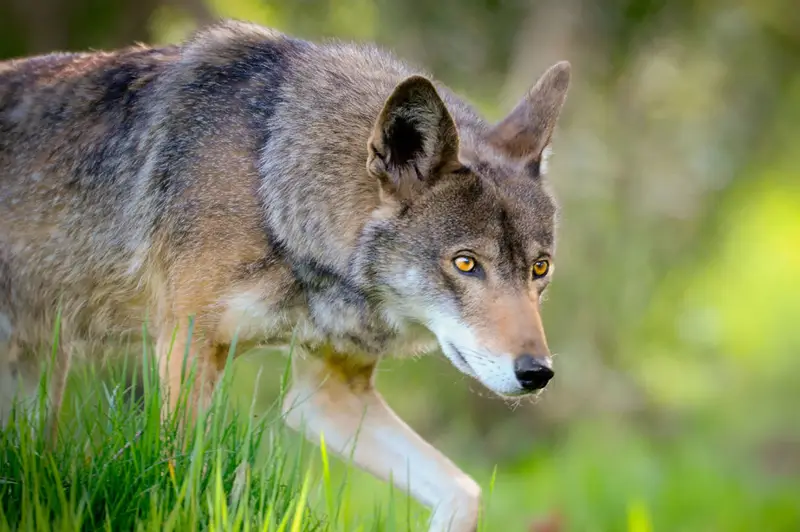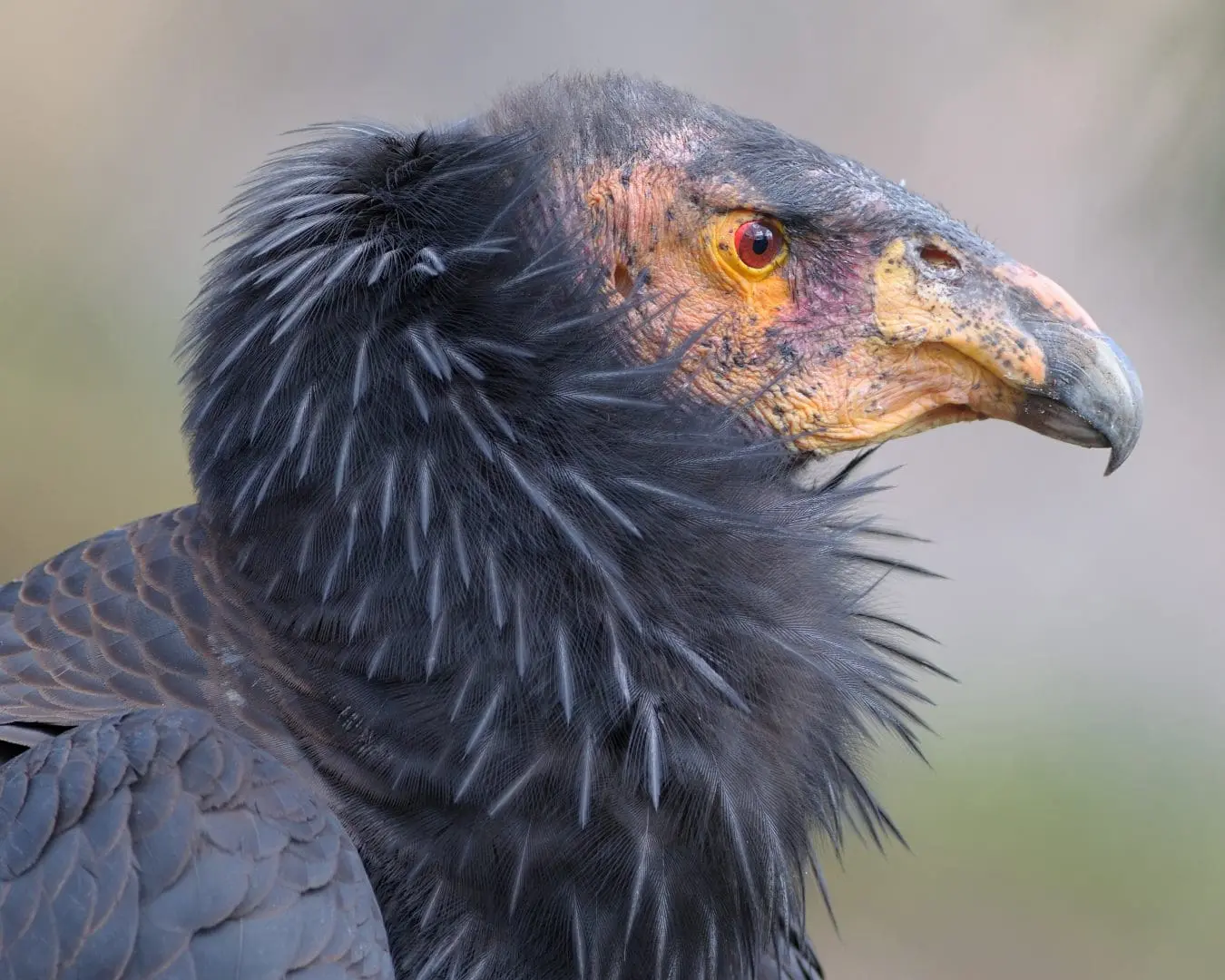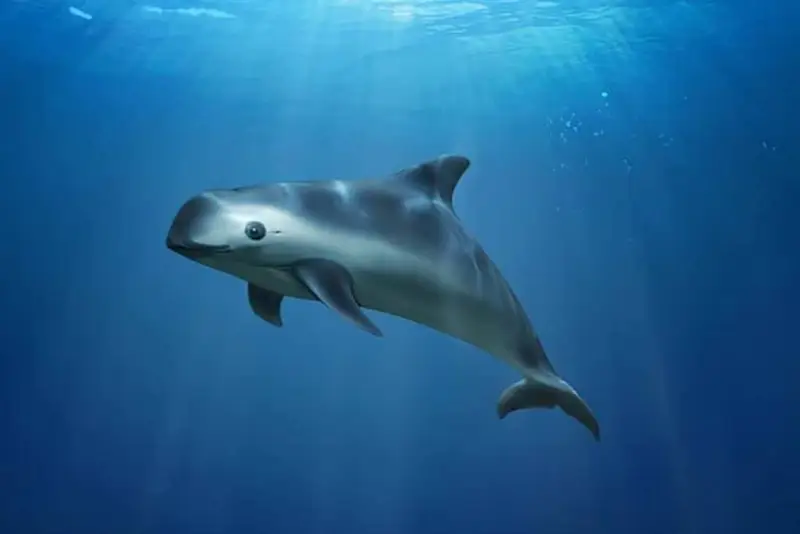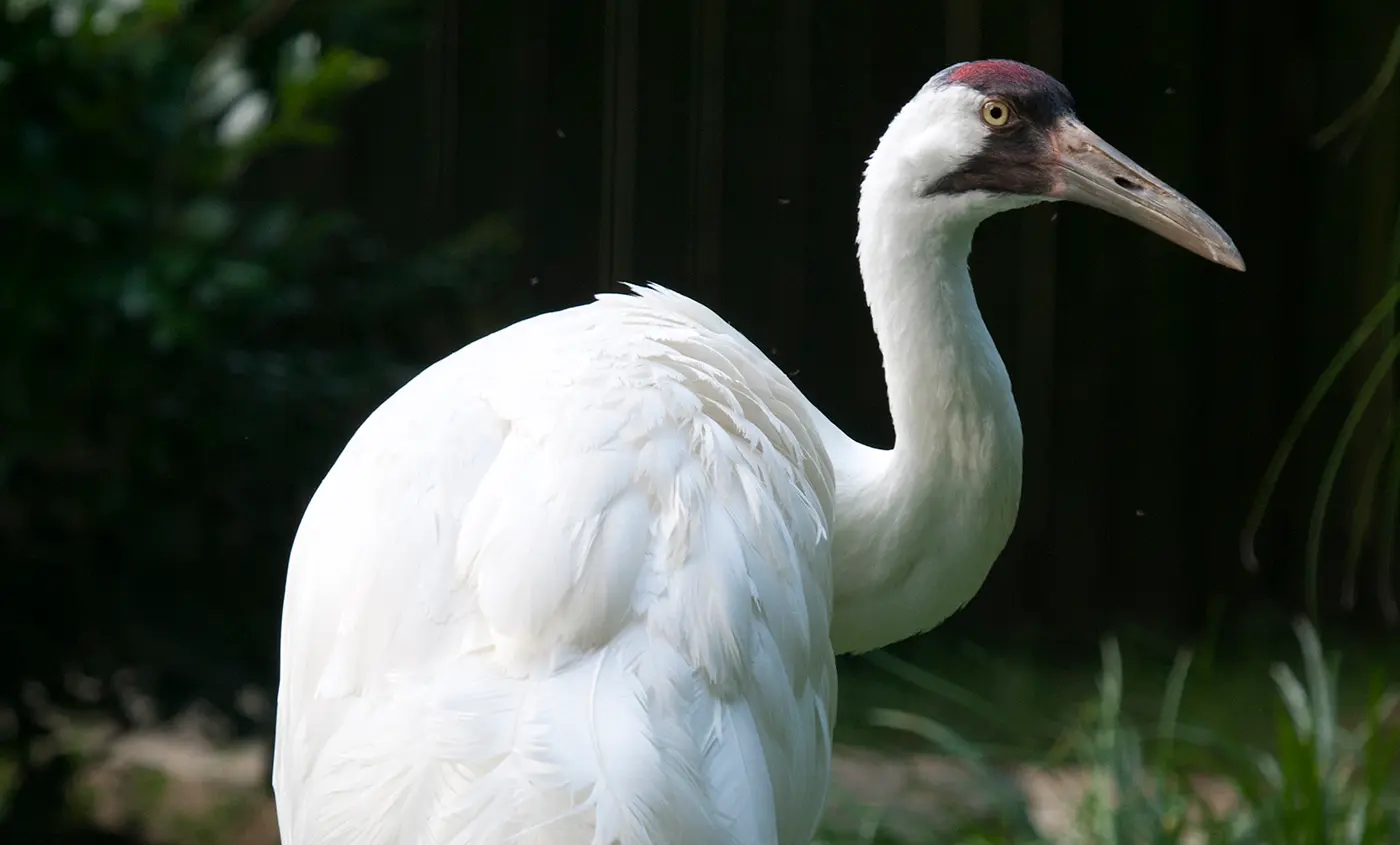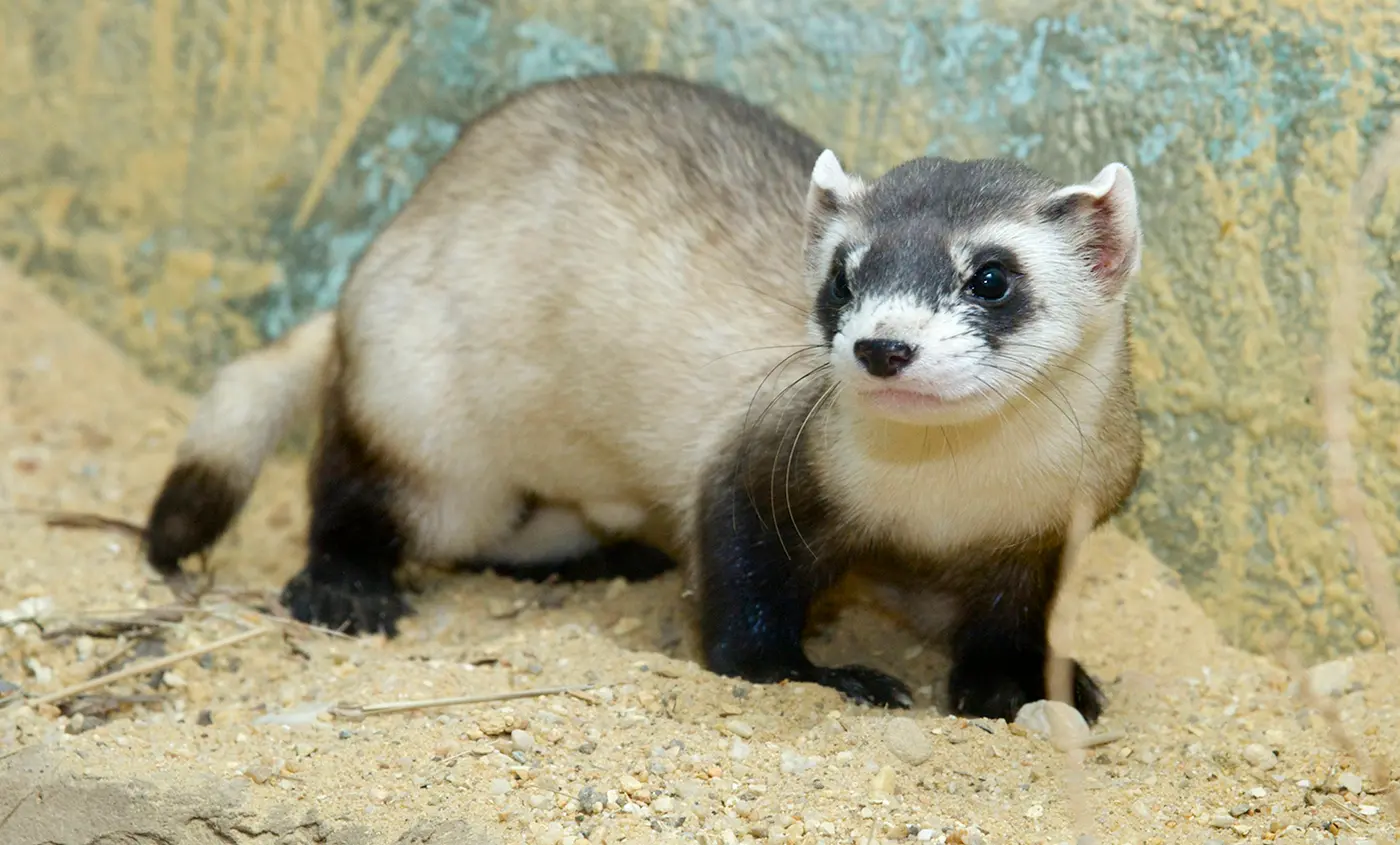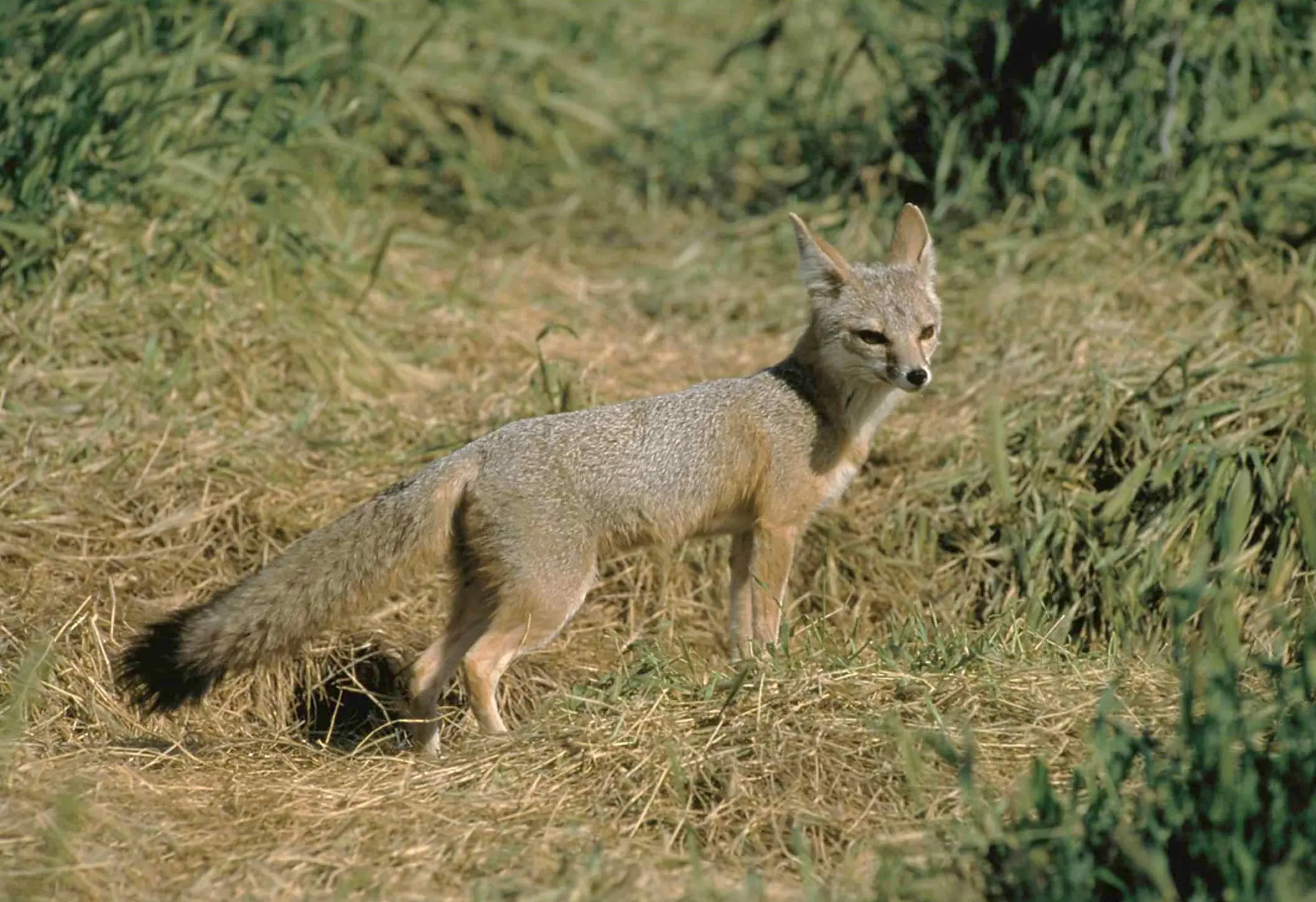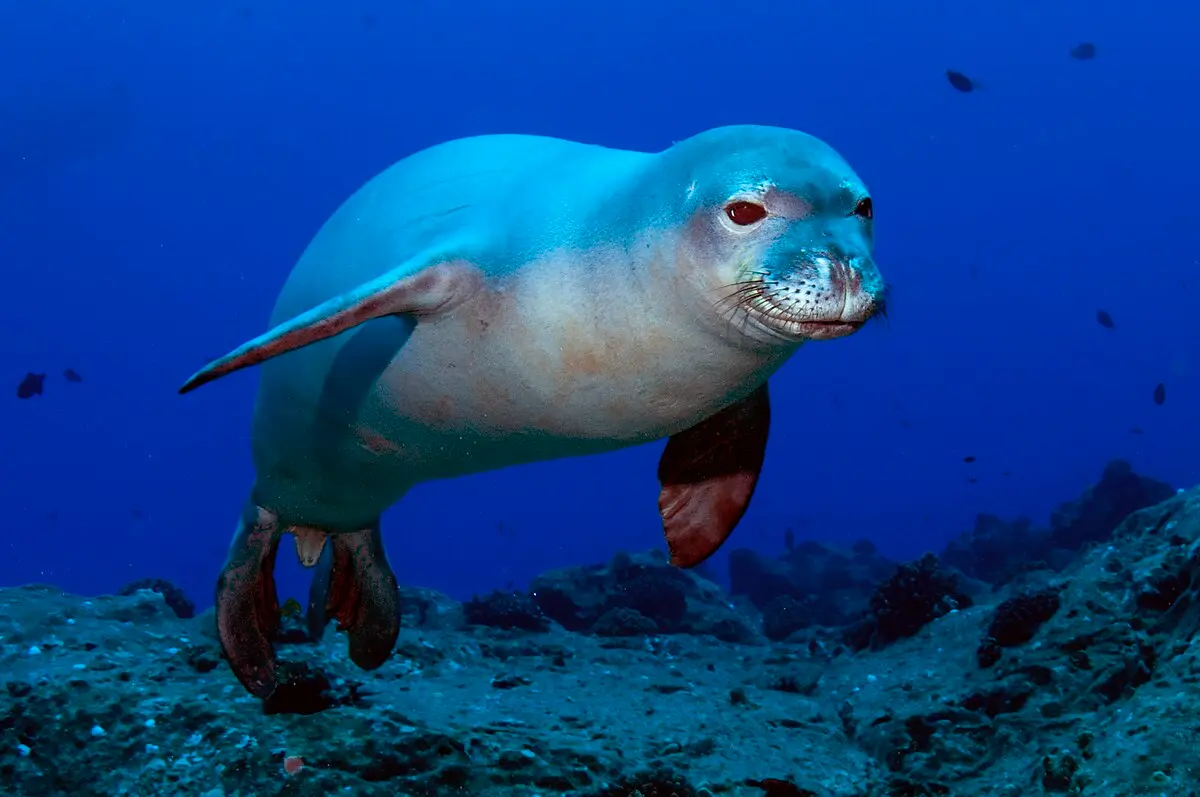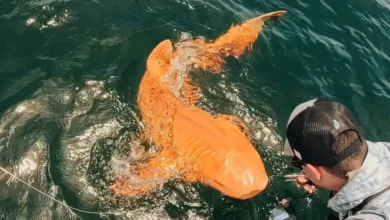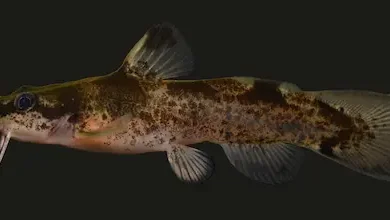Top 10 Rarest Animals in the United States (2025) | Endangered Species List with Photos
The Vanishing: A Deep Dive into the Top 10 Rarest Animals in the United States in 2025
The incredible biodiversity of the United States is a national treasure, encompassing frozen tundras, scorching deserts, vast grasslands, lush wetlands, and tropical islands. Yet, silently, within these ecosystems, a quiet crisis is unfolding. Habitat loss, climate change, pollution, and human conflict are pushing numerous species to the very brink of extinction.
This article is a journey to meet the ten rarest animals still clinging to existence within U.S. borders in 2025. These are not just names on a list; they are irreplaceable threads in the intricate tapestry of our natural world, each playing a crucial role in the health of their respective environments. Their stories are a poignant mix of desperate struggle and hopeful resilience, a testament to the relentless work of conservationists fighting against time.
Here are the ten rarest animals in the United States.
1. The Red Wolf (Canis rufus)
Status: Critically Endangered
Estimated Wild Population: 20-25 known/collared individuals, with a total potential population of less than 40.
The red wolf holds the heartbreaking title of being the world’s most endangered canid. Once roaming throughout the entire southeastern United States, it was declared extinct in the wild in 1980 due to aggressive predator control programs and habitat destruction. Its current existence hinges on a single, precarious reintroduction effort in eastern North Carolina.
Description & Picture:
The red wolf is smaller than its gray wolf cousin but larger than a coyote, typically weighing between 45-80 pounds. Its name derives from the characteristic reddish-tawny fur behind its ears and along its legs and neck. It has a slender build, long legs, and large ears, adaptations for navigating its forested and wetland habitats.
Image: A critically endangered red wolf. Credit: The Wolf Intelligencer
Why It’s So Rare:
The primary threat to the red wolf is intense human persecution, primarily from gunshot and vehicle strikes. Genetic swamping through hybridization with coyotes is a severe problem, as the small wolf population often cannot find other red wolves to mate with. Furthermore, political and legal battles over the reintroduction program have created uncertainty and hampered conservation management efforts.
Conservation Efforts:
A captive breeding program, started with just 14 founding wolves, has been successful and maintains about 240 individuals in facilities across the country. The U.S. Fish and Wildlife Service (USFWS) manages the wild population in North Carolina, employing tactics like coyote sterilization to protect red wolf genetics. The future of the species depends on expanding reintroduction areas and fostering greater local community support.
2. The Florida Panther (Puma concolor coryi)
Status: Endangered
Estimated Wild Population: 120-230 adults.
The Florida panther is a majestic and iconic subspecies of cougar that has become a symbol of wilderness in Florida. By the 1990s, its population had plummeted to an estimated 20-30 individuals, leading to a severe genetic bottleneck. A daring genetic rescue mission is credited with pulling this big cat back from the immediate brink.
Description & Picture:
This large cat has a tan coat with a creamy white underside. Its tail tip, back of the ears, and sides of the nose are dark brown or black. Adults can weigh between 60-160 pounds. It is an ambush predator, supremely adapted to the swamps, pinelands, and hardwood hammocks of South Florida.
Image: A Florida panther, an elusive and endangered big cat. Credit: U.S. Fish & Wildlife Service.
Why It’s So Rare:
The existential threat to the Florida panther is extreme habitat loss and fragmentation due to human development. This leads to the number one cause of death: vehicle collisions. As young males attempt to disperse and establish their own territories, they often cross deadly highways. Other threats include territorial fights between males, mercury poisoning, and diseases like feline leukemia.
Conservation Efforts:
The genetic rescue, which involved introducing eight female cougars from Texas in 1995, dramatically improved genetic diversity and population health. Conservation efforts are now hyper-focused on creating wildlife corridors and constructing innovative wildlife underpasses on major highways. Protecting large tracts of land through acquisitions and conservation easements is also critical for their survival.
3. The California Condor (Gymnogyps californianus)
Status: Critically Endangered
Estimated Wild Population: 300+ in the wild (across CA, AZ, UT, and Baja Mexico), 200+ in captivity.
The California condor is a story of both catastrophic loss and incredible conservation triumph. With a wingspan of nearly 10 feet, it is the largest North American land bird. In 1987, the last remaining 22 wild condors were captured to save the species from certain extinction, launching one of the most expensive and ambitious species recovery programs ever undertaken.
Description & Picture:
This prehistoric-looking bird is unmistakable. It has mostly black plumage with striking white patches on the underside of its wings. Its head is bald, with skin color ranging from yellow to bright orange-red, which changes based on its emotional state. It is a scavenger, playing a vital role in cleaning up carcasses and preventing the spread of disease.
Image: A magnificent California condor, the largest flying bird in North America. Credit: Western National Park Service.
Why It’s So Rare:
The primary historical threat was DDT poisoning, which thinned eggshells. Today, the leading cause of death is lead poisoning from ingesting bullet fragments in carcasses left by hunters. Other threats include microtrash ingestion (which they feed to their chicks), electrocution on power lines, and collision with wind turbines.
Conservation Efforts:
The captive breeding and reintroduction program, managed by the U.S. Fish and Wildlife Service, San Diego Zoo Wildlife Alliance, Los Angeles Zoo, and The Peregrine Fund, is the core of its survival. Intensive management of the wild populations includes tracking all individuals, treating lead-poisoned birds, and advocating for the use of non-lead ammunition. “Condor Cam” live streams have also been instrumental in public engagement.
4. The Vaquita (Phocoena sinus)
Status: Critically Endangered (likely functionally extinct)
Estimated Wild Population: Likely fewer than 10 individuals.
The vaquita, Spanish for “little cow,” is the world’s smallest and most endangered marine mammal. This elusive porpoise is found only in the northernmost part of the Gulf of California, Mexico. While its range is just outside U.S. waters, it is included here due to its extreme peril and because U.S. policy and consumer demand are directly linked to its fate.
Description & Picture:
The vaquita is a small, stocky porpoise, reaching only about 5 feet in length. It has a distinctive dark ring around its eyes and dark patches on its lips that form a thin line from the mouth to the pectoral fins. Its back is dark gray, sides are pale gray, and its underside is white.
Image: The critically endangered vaquita porpoise, with its iconic dark eye markings. Credit: National Geographic.
Why It’s So Rare:
The sole cause of the vaquita’s catastrophic decline is bycatch—becoming entangled and drowning in illegal gillnets set for the totoaba fish. The totoaba’s swim bladder is highly prized in traditional Chinese medicine, fetching enormous prices on the black market. Despite a gillnet ban in the vaquita’s habitat, illegal fishing has continued unabated, decimating the population.
Conservation Efforts:
Efforts have included attempts to capture vaquitas for a captive breeding program (abandoned after one vaquita died from stress), patrolling the “Zero Tolerance Area” to remove illegal nets, and promoting alternative, vaquita-safe fishing gear. Tragically, enforcement has been insufficient. Conservation now focuses on eliminating the international totoaba trade and developing alternative livelihoods for fishers, but time has all but run out.
5. The Whooping Crane (Grus americana)
Status: Endangered
Estimated Wild Population: ~500 in the wild (in one natural and two reintroduced flocks).
Standing at five feet tall with a brilliant white body and a crimson cap, the whooping crane is a breathtaking sight and a symbol of hope in conservation. It was pushed to a low of just 15-16 birds in the 1940s. Decades of painstaking work have brought the population back from that absolute precipice.
Description & Picture:
It is North America’s tallest bird. Adults are white with black wing tips that are visible in flight. They have long, dark legs and a long, dark bill. Their most distinctive feature is the patch of bare, red skin on their crown. Their call is a loud, bugling sound that can carry for kilometers.
Image: A flock of endangered whooping cranes in flight. Credit: U.S. Fish and Wildlife Service.
Why It’s So Rare:
Historical threats were unregulated hunting and habitat loss. Current primary threats include habitat loss, particularly the degradation of their wetland stopover sites during migration. They are also highly vulnerable to power line collisions during flight. Drought and limited genetic diversity due to the population bottleneck also pose significant risks.
Conservation Efforts:
A monumental effort involving the USFWS, Canadian Wildlife Service, and organizations like the International Crane Foundation. This includes protecting key habitats (e.g., Aransas National Wildlife Refuge for wintering), captive breeding and reintroduction, and even using ultralight aircraft to teach captive-raised cranes a migration route. The establishment of multiple, separate flocks is a key strategy to mitigate the risk of a single catastrophe.
6. The Black-Footed Ferret (Mustela nigripes)
Status: Endangered
Estimated Wild Population: ~300-400 in the wild across several reintroduction sites.
The black-footed ferret is North America’s only native ferret and was once believed to be extinct. Its incredible rediscovery in 1981 in Meeteetse, Wyoming, led to a captive breeding program that has become a model for species recovery, though the species remains perilously close to extinction.
Description & Picture:
This slender, wiry predator has a distinctive black mask across its eyes, black feet, and a black-tipped tail. Its body is yellow-buff in color, which provides excellent camouflage in the prairie grasslands. It is an obligate carnivore, meaning over 90% of its diet is prairie dogs.
Image: A black-footed ferret, critically dependent on prairie dog colonies. Credit: Black-footed ferret | Smithsonian’s National Zoo and Conservation Biology Institute.
Why It’s So Rare:
The ferret’s fate is inextricably linked to that of prairie dogs. Widespread poisoning and eradication programs for prairie dogs, combined with habitat conversion to agriculture, destroyed the ferret’s prey base and habitat. The ferret is also highly susceptible to sylvatic plague (carried by fleas on prairie dogs) and canine distemper.
Conservation Efforts:
The captive breeding and reintroduction program is the cornerstone of its survival. Efforts also include vaccinating ferrets and prairie dogs against sylvatic plague and distemper, mapping and protecting prairie dog complexes, and working with landowners to promote coexistence. Reintroductions have occurred in multiple states across the Great Plains, Canada, and Mexico.
7. The Mississippi Gopher Frog (Lithobates sevosus)
Status: Endangered
Estimated Wild Population: Likely fewer than 250 adults.
This unassuming, warty frog is one of the most endangered amphibians in North America. It is a creature of incredibly specific habitat requirements, found only in a tiny area of southern Mississippi. Its survival is a race against time to manage its fragile ecosystem.
Description & Picture:
A stocky frog, reaching about 3 inches in length. It is dark brown or black with warts and spots. A key identifier is the dark, irregular spots on its back and sides. When threatened, it inflates its body and secretes a bitter, skin-irritating substance as a defense mechanism.
Image: The critically endangered Mississippi gopher frog. Credit: U.S. Fish and Wildlife Service.
Why It’s So Rare:
Its rarity stems from the near-total destruction of its unique habitat: upland longleaf pine forests with temporary, fish-free ponds for breeding. Fire suppression has allowed hardwoods to grow in, shading out the ponds. The small, isolated populations are also vulnerable to drought, disease (like chytrid fungus), and pollution.
Conservation Efforts:
Conservation is intensely hands-on. Efforts include habitat restoration with prescribed burns to maintain open-canopy ponds, creating new artificial ponds, captive breeding and head-starting programs at zoos like the Memphis Zoo, and translocating egg masses to establish new populations. Protecting the existing breeding ponds from development or contamination is an absolute priority.
8. The Key Deer (Odocoileus virginianus clavium)
Status: Endangered
Estimated Wild Population: ~1,000 individuals.
The Key deer is a miniature subspecies of the white-tailed deer, found only on a few islands in the Florida Keys. About the size of a large dog, this charming deer has become a symbol of the unique and fragile island ecosystems it calls home.
Description & Picture:
It is significantly smaller than its mainland relatives, with mature males (bucks) standing about 2.5-3 feet tall at the shoulder and weighing 55-75 pounds. Does are even smaller. Their fur color is generally lighter. They are excellent swimmers, often moving between islands in the chain.
Image: An endangered Key deer, the smallest North American deer subspecies. Credit: National Park Service.
Why It’s So Rare:
The primary threat is habitat loss and fragmentation due to human development in the Florida Keys. The number one cause of mortality is vehicle collisions. Other threats include increased predation by free-roaming domestic dogs, the existential threat of sea-level rise due to climate change (which could submerge its low-lying habitat), and diseases like hemorrhagic disease.
Conservation Efforts:
The National Key Deer Refuge was established in 1957 to protect habitat. Conservation efforts focus on public education campaigns about slowing down on roads, building wildlife underpasses in high-mortality areas, enforcing leash laws for pets, and acquiring and protecting remaining undeveloped land. Managing for sea-level rise is a growing and critical challenge.
9. The San Joaquin Kit Fox (Vulpes macrotis mutica)
Status: Endangered
Estimated Wild Population: Estimated 1,000-7,000 (with the lower end more likely).
This small, big-eared fox is an endemic species of California’s San Joaquin Valley, one of the most agriculturally productive—and ecologically altered—regions in the world. It has managed to persist by adapting to human-altered landscapes, but its long-term survival remains uncertain.
Description & Picture:
It is the smallest fox in North America, weighing only 4-6 pounds. It has exceptionally large ears, which help dissipate heat and hear prey underground. Its coat is grizzled yellowish-gray on the back, with buff-colored undersides. The tip of its tail is black.
Image: A San Joaquin kit fox, a highly endangered and elusive desert dweller. Credit: Wikipedia.
Why It’s So Rare:
Over 95% of its native arid grassland and scrub habitat has been converted to agriculture, oil fields, and urban development. This leads to habitat fragmentation. Secondary poisoning from rodenticides used to control ground squirrels is a major threat. They also face competition from red foxes and mortality from vehicle strikes.
Conservation Efforts:
Efforts include protecting large blocks of intact habitat (e.g., the Carrizo Plain National Monument), creating and maintaining artificial dens in areas where natural dens are scarce, and working with cities and businesses to implement “kit fox-friendly” practices. Some populations have surprisingly adapted to urban environments, which now require their own unique management strategies.
10. The Hawaiian Monk Seal (Neomonachus schauinslandi)
Status: Endangered
Estimated Wild Population: ~1,600 individuals.
The Hawaiian monk seal is one of the most endangered marine mammals in the world and the only seal species native to Hawaii. It is a relic species, having evolved in the isolated Hawaiian Islands for millions of years. While its population has shown recent modest growth, it still faces a gauntlet of threats.
Description & Picture:
This seal has a sleek, torpedo-shaped body covered in short, gray-brown to black fur, which fades to a lighter yellowish shade on the underside. They have large black eyes and are known for their solitary and docile behavior. They spend much of their time resting on remote, sandy beaches.
Image: A Hawaiian monk seal, one of the rarest marine mammals on Earth. Credit: Wikipedia
Why It’s So Rare:
Threats are numerous and severe. They include food limitation for juveniles, entanglement in marine debris and fishing gear, predation by Galapagos sharks (especially on pups), the loss of pupping beaches due to sea-level rise, and disease outbreaks. Their low genetic diversity, a result of their small population size, also makes them vulnerable.
Conservation Efforts:
NOAA Fisheries leads a comprehensive recovery program. This includes disentangling seals, rehabilitating and releasing malnourished pups, vaccinating them against morbillivirus, and mitigating shark predation. Community engagement through volunteer “Hawaiian Monk Seal Watch” groups is crucial for monitoring and public education.
A Collective Responsibility
The stories of these ten animals are a stark reminder of the fragility of life and the profound impact humans have on the planet. Their continued existence is not guaranteed; it is a choice. It hinges on sustained funding for conservation programs, strong environmental policies, scientific innovation, and a shift in public consciousness.
We can all contribute. We can support the zoos and conservation organizations on the front lines, be mindful of our consumption choices, advocate for protective legislation, and simply learn about and share the stories of these incredible creatures. The race to save them is far from over, but with continued effort and dedication, we can ensure that these irreplaceable threads in America’s natural tapestry are not lost forever.

